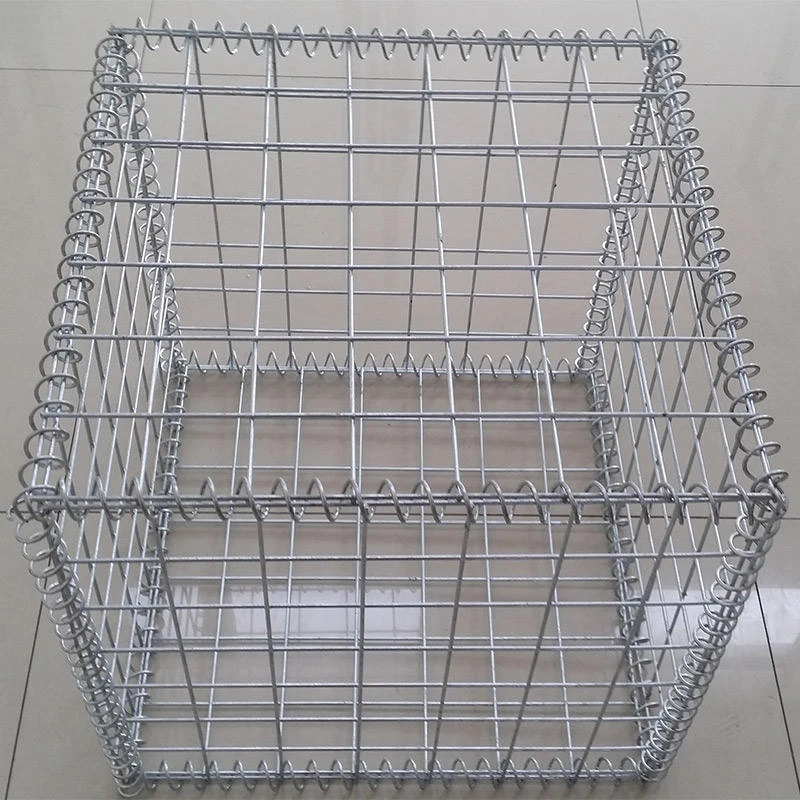Nov . 09, 2024 09:08 Back to list
Applications and Benefits of Reinforcing Mesh in Modern Construction Techniques
The Role of Reinforcing Mesh in Building Construction
Reinforcing mesh, often referred to as welded wire mesh, is a critical component in modern building construction. It serves as a reinforcement medium for concrete structures, enhancing their strength, durability, and overall performance. This article explores the significance of reinforcing mesh in construction, its various types, applications, and the benefits it offers.
Concrete, while strong in compression, is relatively weak in tension. This inherent limitation can lead to cracks and structural failures if not properly addressed. Reinforcing mesh addresses this issue by providing tensile strength to concrete slabs, beams, columns, and walls. Made typically from steel wires welded together in a grid pattern, reinforcing mesh can be manufactured in different sizes and configurations to suit a variety of applications.
Types of Reinforcing Mesh
There are several types of reinforcing mesh, each designed for specific purposes
1. Welded Wire Mesh This is the most common type of reinforcing mesh. It consists of longitudinal and transverse wires that are welded together at their intersections. It is available in various wire gauges and spacing, making it versatile for different structural needs.
2. Fiberglass Reinforcing Mesh This type is made from fiberglass strands and is often used in applications where corrosion resistance is critical, such as in coastal areas or in structures exposed to moisture.
3. Steel Fiber Reinforcement While not a traditional mesh, steel fibers are often added to concrete to enhance its structural properties. This method eliminates the need for traditional mesh in some applications.
Applications of Reinforcing Mesh
Reinforcing mesh is used in a variety of construction applications
- Slabs on Grade In residential and commercial buildings, reinforcing mesh is commonly used in concrete slabs to prevent cracking due to shrinkage and to support heavy loads.
reinforcing mesh used building

- Retaining Walls Mesh provides additional support and stability to retaining walls, ensuring they can hold back soil without collapsing
.- Roads and Pavements Reinforcing mesh enhances the durability of asphalt and concrete pavements, reducing the incidence of cracking due to traffic loads and environmental stressors.
- Precast Concrete Products In the manufacture of precast components, such as beams and panels, reinforcing mesh is integrated to ensure strength and integrity during transportation and installation.
Benefits of Using Reinforcing Mesh
The incorporation of reinforcing mesh in construction brings several benefits
1. Improved Structural Integrity By distributing loads more evenly throughout the concrete, reinforcing mesh helps prevent cracking and enhances the lifespan of structures.
2. Cost-Effectiveness While there may be an upfront cost associated with purchasing reinforcing mesh, the long-term savings from reduced repairs and extended lifespan of structures often outweigh this initial investment.
3. Increased Safety Structures reinforced with mesh are less likely to experience catastrophic failures, thus ensuring greater safety for occupants and users.
4. Enhanced Workability Reinforcing mesh can be placed quickly and efficiently, contributing to faster construction timelines. It can also be used with various concrete mixes, making it adaptable for different projects.
Conclusion
In conclusion, reinforcing mesh plays an essential role in building construction, providing the necessary tensile strength that concrete lacks on its own. With various types available, from welded wire mesh to fiberglass options, builders can select the most suitable form of reinforcement for their specific needs. The benefits, such as improved structural integrity, cost-effectiveness, and increased safety, make reinforcing mesh an indispensable element in modern construction practices. As the industry continues to evolve, the use of reinforcing mesh will remain a cornerstone in the quest for safer, more durable structures.
-
High-Quality Steel Grating Solutions for Industrial Applications | Durable, Safety, Customization
NewsJul.13,2025
-
Advanced Solutions-CompanyX|Enterprise Efficiency&Cost Reduction
NewsJul.13,2025
-
Sustainable Manufacturing-EcoTech Innovations|Waste-to-Energy System&Zero Emissions
NewsJul.13,2025
-
Welded Wire Mesh- Buildings Wiremesh Co., Ltd.|Durable Construction Material&Industrial Strength Solution
NewsJul.13,2025
-
Smart Production Solutions-Example Corp|AI Automation&IoT Monitoring
NewsJul.13,2025
-
Advanced Industrial Solutions-Advanced Industrial Solutions|Manufacturing Efficiency&Productivity
NewsJul.13,2025

